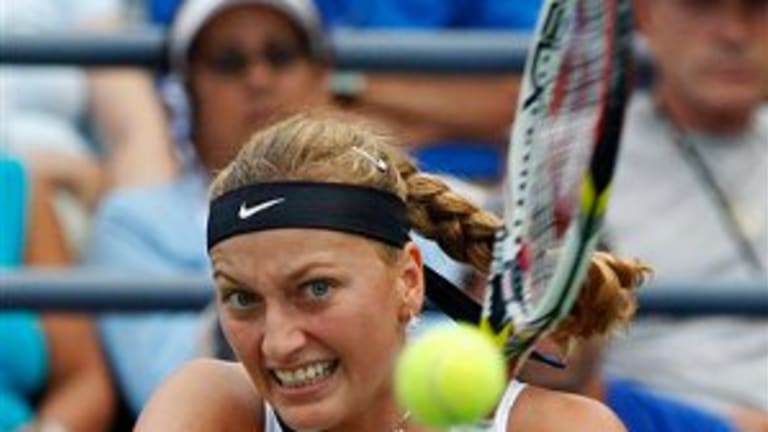Yesterday, we looked at the “fall guys” of the ATP to preview the rest of the tennis year. Today, we’ll take a similar approach to the women’s game.
A few years ago, the WTA yielded to its constituents (the most famous ones, anyway) and, alarmed by injury and pull-out rates, successfully loped a few weeks off the back end of the calendar. Regular tour play now ends in the middle of October, with just the WTA Championships and the Tournament of Champions (in Sofia, Bulgaria, this year) putting a full stop to the year by November. (The latter event might better be described as the Tournament of Also-Rans, as it’s the B-listers’ version of the WTA Championships).
But that vaunted “WTA Roadmap” hasn’t had much effect on the intensity (or lack thereof) of the competition, or even on the degree of commitment shown to the tour by the top players once the Grand Slam season ends with the U.S. Open.
The blame, if there’s any to assign, doesn’t lie with the top players. The fact is that of the 12 events that follow the U.S. Open, only two are of the top “Premier” level: Tokyo and Bejing. Then you have the year-end championships and tournament of also-rans. The other eight events are, relatively speaking, small potatoes. You can hardly fault the Sharapovas and Williamses of this world for overlooking them, because the payout (in prize money as well as ranking points) is relatively modest, and the many of the tournaments are in far-flung outposts.
Those eight smaller tournaments produced some stunning results last year, starting with the first post-U.S. Open event, Quebec City, won by No. 6 seed Barbora Zahlavova Strycova (say that three times, fast!). In fact, the top seed won only three of the 10 regular tour events—and that includes Tokyo and Beijing. Call it a testament to the depth in women’s tennis these days.
We’re off to a similar start this year already. Last week’s winners were both unseeded players—in Quebec, it was Kirsten Flipkens; in Tashkent, Irina-Camelia Begu.
So let’s get right to our five questions for the Fall Gals:
1. Will the top women play more, less or about the same number of events as last year?
Let’s face it: Streamlined calendar and Roadmap notwithstanding, you’re not going to lure the top players to, say, Seoul, merely with a big, fat appearance money check. And don’t expect to see that great Russian patriot Maria Sharapova playing to sellout crowds in Moscow. Her schedule has her entered in the two big Premier events (Tokyo and Beijing) and the WTA Championships.
World No. 1 Azarenka probably will carry the heaviest load of the top three WTA stars, but even that isn’t particularly onerous—she’s playing the two Premier events, plus Linz. Oddly enough, Serena Williams has no functioning website, and the WTA doesn’t publish tournament entry lists (which are finalized long before the events take place).
So basically, you can expect about the same degree of visibility by the top players as we had in 2011.
2. Can Agneiszka Radwanska repeat her fall performance of 2011?
One of the most astonishing—and welcome—surprises last year was Radwanska’s fall outburst. She swept the two big premier events despite being seeded just ninth in Tokyo and even lower (No. 11) the following week in Beijing. The only top player missing from both events was Serena; everyone else was entered in one or both.
Radwanska was ranked outside the Top 10 when she began that drive, and it helped her rise to her current No. 3 position. In the title round, she defeated Vera Zvonareva in Tokyo and Andrea Petkovic in Beijing. She also had a win over Azarenka in Tokyo, but since that meeting, the Polish puffballer has won just two sets against Vika in six consecutive losses.
Note also that Sharapova, another formidable hard-court player skipped Beijing, making Radwanska’s task that much easier. It will be a hard feat to duplicate no matter how you cut it.
